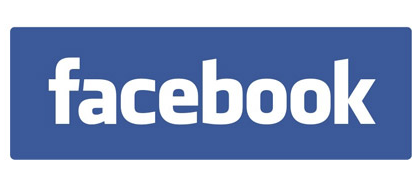 In October, we outlined what it will take to create a healthy advertising ecosystem: great experiences for people, meaningful business results for advertisers, and sustainable growth for publishers.
In October, we outlined what it will take to create a healthy advertising ecosystem: great experiences for people, meaningful business results for advertisers, and sustainable growth for publishers.
Ad placements that are built to drive unintentional clicks run counter to that goal. While they can be profitable for publishers, they fail to deliver good experiences for businesses or people. For advertisers, these kinds of unintentional clicks can drive down the value of their campaigns.
Over the next few months, we are making updates to stop delivering to ad placements that encourage unintentional clicks. These updates include policy clarifications on unintentional clicks, product changes to invalidate these clicks, and proactively pausing implementations that exhibit abnormal click behavior.
Utilizing Signals About Intentional Clicks
To understand if a click is intentional, one of the metrics we look at in our delivery models and quality detection systems is “drop off rates” — the time a user spends on the landing page of an ad. We found that people who click on an Audience Network ad and spend less than 2 seconds on a destination page almost always clicked accidentally. Moving forward, we will no longer count clicks categorized as unintentional. We will continually refine and adjust this threshold as we gather more data and signals.
Pausing Implementations with Abnormal Behavior
Publishers sometimes create ad experiences that fail to deliver true advertiser value. This can be due to implementation error, or because the ad is in the wrong flow of the app experience. When we see abnormal behavior, such as an inflated clickthrough rate (CTR), we’ll automatically pause placements to protect people and advertisers. We’ll also inform publishers so they can make necessary changes.
Clarifying Our Policies
We’ve also heard from publishers that they want more examples of our policies, and specifically how to create better native ad experiences. So we recently updated our policies with clear examples to avoid unintentional clicks, and went a step further by introducing a new policy that prohibits clickable “whitespace” on native ads. By requiring users to click on an advertiser asset, we expect to see further reduction in unintentional clicks.
Going forward, we’ll be experimenting with more ways to reduce the number of unintentional clicks by looking further into bounce rates, additional metrics, and trying to prevent users from accidentally clicking in the first place.
If you’re a publisher looking for tips on how to make sure your ad placements are optimized to drive value and intentional user engagement, please refer to our best practice guide here. For additional questions, please reach out to your Audience Network representative.
A healthy advertising ecosystem often includes great experiences for people, meaningful business results for advertisers, and sustainable growth for publishers. Making sure these three work together is the goal of Audience Network.
Creating this alignment is challenging, especially when much of the industry is still focused on clicks. Not all clicks are created equal, which creates a dilemma. Marketers commonly pay the same amount for someone who clicks on an ad and completes a purchase as they do for an unintentional click. In both cases, publishers are delivering exactly what they are asked for – clicks – but advertisers find wide variations in value.
So how do we reconcile this dilemma? At Audience Network, we believe it starts with quality. We define quality as ads served to real people, on brand-safe properties, with engaging experiences that lead to real outcomes for advertisers and sustainable businesses for publishers.
One way we optimize for real outcomes is through the signals advertisers send us. Over the past year, we have seen increases in advertisers using conversion signals to optimize their campaigns, such as app events and the Facebook pixel. These signals have allowed us to better understand what advertisers value.
Over the next few months, we will be making updates to Audience Network based on these new insights. These updates should allow us to improve our ability to value different ad placements. This means that Audience Network publishers may see fluctuations in their CPMs in either direction. We hope these updates will encourage publishers to develop high quality placements that are not optimized solely for click through rates.
We take our commitment to quality seriously – we want Audience Network to be the best place for both advertisers and publishers to build their businesses.
If you’re a publisher looking for tips on how to make sure your ad placements are optimized to drive value, please refer to our native ad placement guidelines here. For additional questions, please reach out to your Audience Network representative.
Written by Brett Vogel, Product Marketing Manager, Facebook


